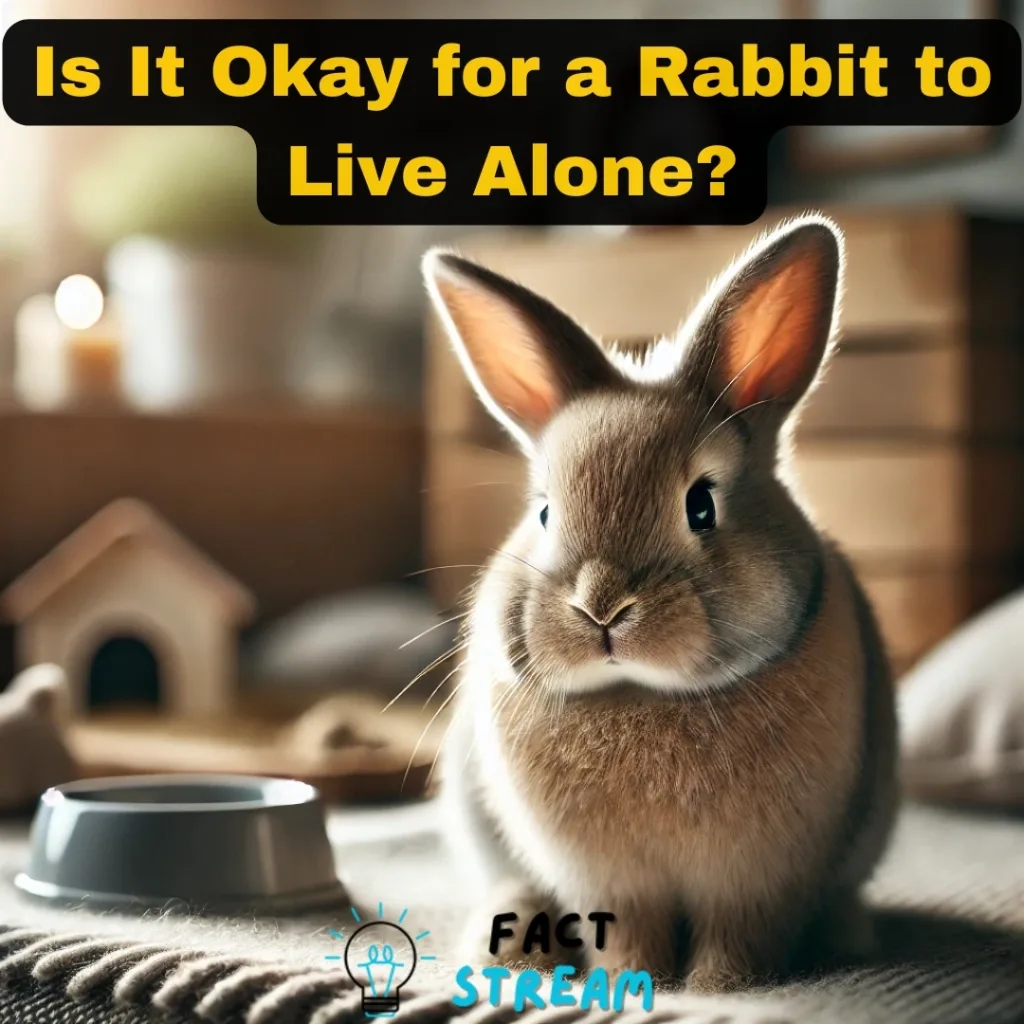Is It Okay for a Rabbit to Live Alone?
Rabbits are adorable and cuddly animals, but they’re also social creatures that need companionship. But is it okay for a rabbit to live alone? The short answer is: It depends. While it’s not ideal, a single rabbit can live a happy life if you’re willing to put in the extra effort to meet their social needs. However, in most cases, rabbits are happier and healthier when they have a bunny companion.
Why Rabbits Need Companionship
Rabbits are social animals that evolved to live in groups. In the wild, they live in underground tunnel systems called warrens, forming large colonies or family groups. This social structure provides them with constant interaction, grooming, playing, and a sense of security. Domesticated rabbits retain these social instincts and can suffer from loneliness and boredom without companionship.
The Downside of a Solitary Life
A lonely rabbit can develop various behavioral and physical problems. These can include:
- Destructive chewing: Boredom can lead to excessive chewing on their hutch, toys, or even dangerous items.
- Fur pulling and repetitive behaviors: Stress and loneliness can manifest in excessive grooming, fur pulling, or other repetitive actions that can be harmful.
- Stress-related illness: Loneliness, as a major stressor, can cause health issues, including gastrointestinal stasis, a potentially fatal condition.
- Depression and lethargy: Lack of companionship can lead to a decline in energy, appetite, and overall well-being.
Making Life Better for a Solo Rabbit
If circumstances prevent you from getting a second rabbit, you can still take steps to ensure your single bunny thrives:
- Maximize human interaction: Spend quality time with your rabbit daily, including petting, playing, and talking to them.
- Integrate them into family life: Allow your rabbit to roam freely in a rabbit-proofed area while you’re home, allowing them to observe and interact with family members.
- Provide mental stimulation: Offer a variety of toys, puzzles, and activities to keep your rabbit entertained and prevent boredom.
- Create a safe and spacious environment: A large enclosure or a designated rabbit-proofed room allows for exercise and exploration.
Considering a Second Rabbit
The best way to ensure your rabbit’s happiness is to get them a bunny friend. However, bonding rabbits takes time, patience, and proper introduction. Here are some key factors to consider:
- Neutering/spaying: It is crucial to have both rabbits neutered or spayed to reduce hormonal aggression and territorial behavior.
- Gradual introduction: Introduce rabbits in a neutral space, allowing them to sniff each other through a barrier before allowing supervised interactions.
- Patience and observation: Bonding can take weeks or months. Be patient and observe their body language to ensure positive interactions.
Alternatives to Rabbit Companions
While a rabbit companion is ideal, some rabbits may not be compatible with others due to personality or past experiences. While it is not recommended to house rabbits with other species, some rabbits may form bonds with other pets like cats or dogs under careful supervision and with proper introductions. However, this should only be considered if the other pet has a gentle temperament and the rabbit has a safe space to escape.
Can Humans Replace Rabbit Companions?
While human companionship can help alleviate some loneliness, it cannot fully replace the unique bond and social interactions that rabbits share with their own kind. Rabbits have specific behaviors, like grooming and playing, that only another rabbit can fulfill.
Final Thoughts
The decision of whether to have a single rabbit or a bonded pair is a personal one. While a single rabbit can live a happy life with dedicated care and attention, providing them with a bunny companion is the best way to ensure their long-term well-being. If you can’t provide a rabbit companion, be prepared to invest the time and effort to fulfill your rabbit’s social and emotional needs.


